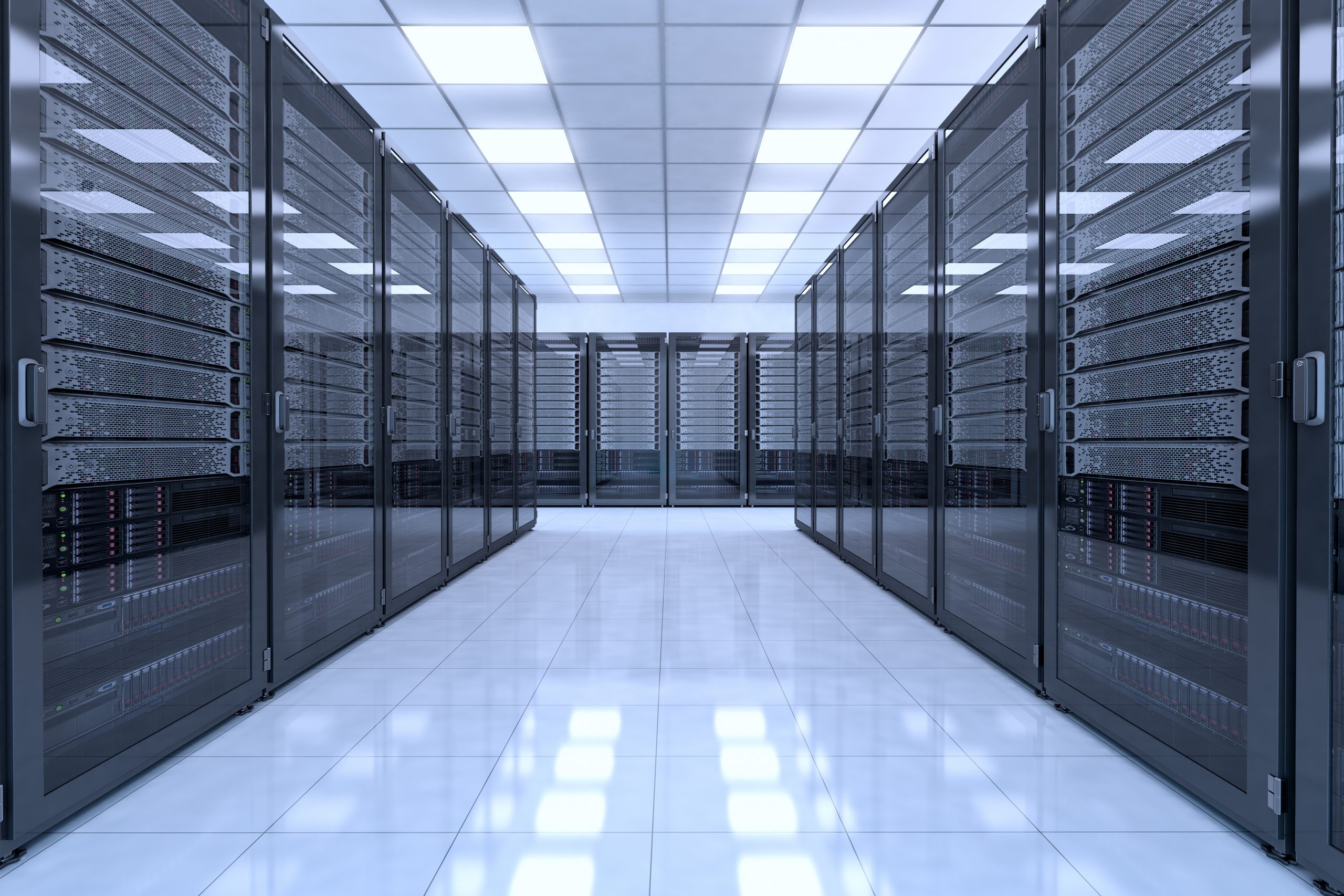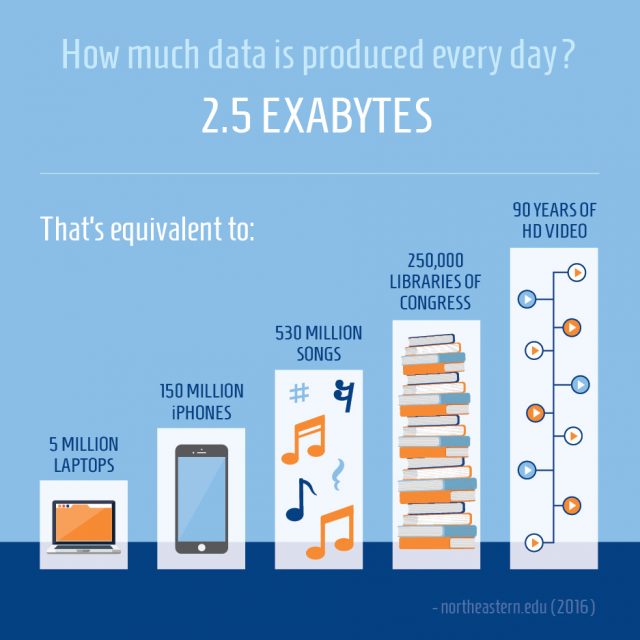A couple weeks ago, we experienced a flooded kitchen here at Sundog due to a faulty dishwasher. What if the dishwasher could self-diagnose the issue before it happened and automatically schedule maintenance with a field technician? Sound like science fiction? Actually, it’s becoming the new reality. Technologies like this are already present in our day-to-day lives.
The Rise of the Internet of Things (IoT)
Everything around us is becoming more intelligent every day. Whether it’s something as small as a smart medicine cap or a central point like Amazon Echo for your home gadgets, it’s all becoming more personalized and integrated to make everyday tasks easier.
These devices are part of the Internet of Things (IoT), which includes cell phones, washing machines, lamps, coffee makers, wearable devices and almost anything else you can imagine – even components of machines, like the drill of an oil-rig. In fact, machine-to-machine communication is widely used in manufacturing sectors to track machinery operations, report faults and raise service alerts.
With all of these connected devices, sensors, social media, emails, digital pictures and videos, transaction records, GPS signals and various other sources, we’re producing a huge amount of data. In fact, we generate 2.5 exabytes per day. That’s the equivalent of 10 million Blu-ray discs, which is enough to stack as high as four Eiffel towers.
The Future of Big Data
With some guidance, you can craft a data platform that is right for your organization’s needs and gets the most return from your data capital.
Now What Do We Actually Do with All This Data?
Well, the possibilities are almost infinite. For example, on your way to a meeting, your car can take the best route if it has access to your calendar. And wouldn’t it be nice if your IoT-enabled office equipment could automatically reorder items when they are running low?
By taking advantage of the IoT, products can carry out maintenance coverage and diagnostics themselves. Instead of waiting until a device stops working, products can sense when components are near their projected end of life or exhibiting faults and then send that information directly back into your Customer Relationship Management (CRM) system. The machines can interact with the technical support, initiate actions like ordering parts renewal or submitting request for a completely new device.
In other words, the spectacular amount of data generated by IoT devices carries extremely valuable insight about what is performing well – and what isn’t. But analyzing, reviewing and understanding this overflowing volume of information is almost impossible for humans.
Machine Learning (ML): Putting It into Action
The only viable way to keep pace with the hidden insights in machine-generated data is Machine Learning, aka Artificial Intelligence (AI). Some real-life examples of machine learning include product recommendations on Amazon, suggested videos on YouTube, and last but not the least, Facebook’s suggestions for people you may know or products you might like. All these platforms apply ML on user-generated data to learn more about user behaviors.
Nonetheless, when it comes to CRM platforms, most customer service leaders are struggling to put intelligence into action. There are so many things you need to consider to apply machine learning, including:
- Data scientists to analyze data patterns
- The right platform to deploy the data model
- Integration with your existing technology stack
- And (most importantly) building a model that’s practical and scalable enough to maintain
Einstein & What It Means to You
That’s why Salesforce introduced Sales Cloud Einstein, an AI-enabled CRM platform allowing companies to leverage ML. Recently, Salesforce also announced a global strategic partnership between Einstein and IBM Watson to build new insights both from structured and unstructured data across varying sources like weather, healthcare, financial services, shopping patterns and retail. That’s very exciting, since this combination will bring immense opportunities to facilitate customer success and make smarter business decisions.
Remember that faulty dishwasher that I mentioned earlier? If the dishwasher had been connected to the Salesforce IoT cloud for performance monitoring, it would have been easy to initiate a case to dispatch a service technician automatically, early enough to prevent the kitchen being flooded. Truly speaking, it’s high time to let machines identify where the biggest opportunities are.
Now the question is: are you ready for it?



